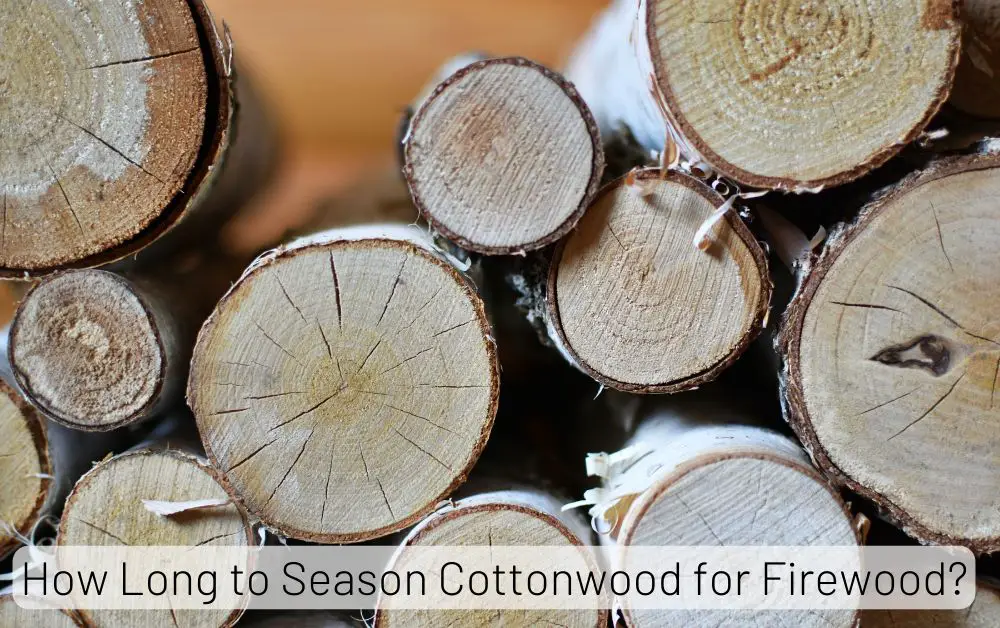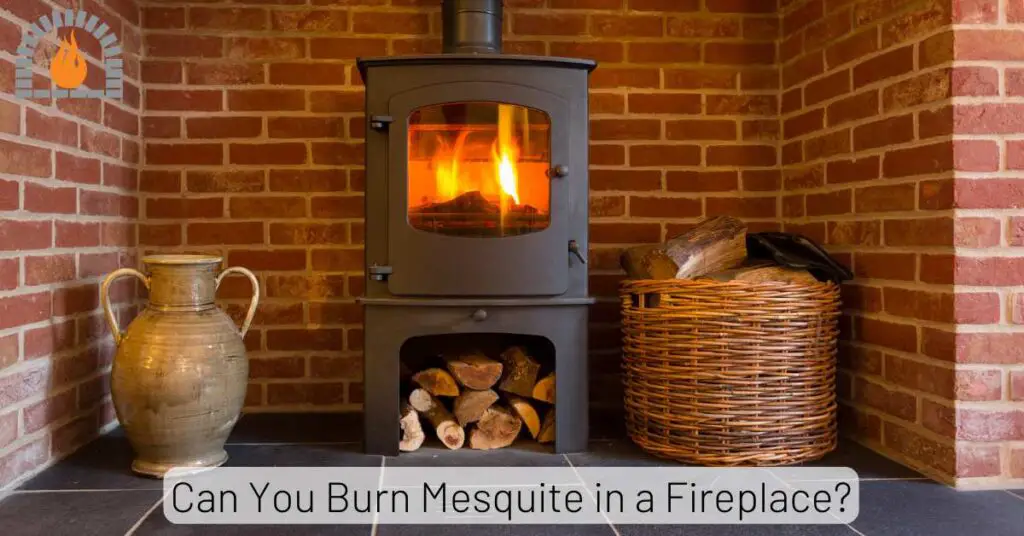A firewood load is the amount of firewood delivered or sold at one time. Knowing what constitutes a firewood load is essential for anyone who uses wood for heating, cooking, or outdoor fires. The size, type, and condition of the wood can vary significantly depending on your supplier and needs.
Firewood Load
A firewood load refers to a specific quantity of firewood, typically measured in cubic meters or cords, that is prepared for delivery or sale. However, the actual size of the load can vary based on terminology, regional practices, and the seller’s methods.
| Load Type | Volume (m³) | Description |
|---|---|---|
| Jumbo Load | 3.0 | Largest option, significant quantity, delivered loosely. |
| Full Load | 2.5 | Substantial load, double the size of a half load, delivered loosely. |
| Half Load | 1.25 | Smaller option, more wood than bagged alternatives. |
| Bulk Bag | 1.0 | Conveniently packaged in bags, easy to handle. |
| Single Load | ~1.2 | Approximately 350-400 logs, ideal for standard cut sizes (8″-10″ or 20-25 cm). |
Firewood Load Sizes
- Jumbo Load:
- Volume: 3.0 m³
- Description: This is the largest option available, providing significant value and quantity, typically delivered loosely on your property.
- Full Load:
- Volume: 2.5 m³
- Description: A substantial load, double the size of a half load, also delivered loosely.
- Half Load:
- Volume: 1.25 m³
- Description: A smaller option, offering more wood than bagged alternatives.
- Bulk Bag:
- Volume: 1.0 m³
- Description: Conveniently packaged in bags, these are popular for their ease of handling compared to loose loads.
- Single Load:
- Volume: Approximately 1.2 m³ (about 350-400 logs)
- Description: Typically consists of seasoned hardwood logs, ideal for those looking for a standard cut size (8″-10″ or 20-25 cm)
Cubic Meter: In the UK, firewood is commonly measured in cubic meters, which is equivalent to a “stere” (1 cubic meter). In North America, it is often sold by the “cord,” which equals 128 cubic feet.
Firewood Load Size & Cost Chart
| Load Type | Volume (m³) | Average Price Range | Description |
|---|---|---|---|
| Full Cord | 1.0 | $275 – $400 | 128 cubic feet of split seasoned hardwood, including delivery. |
| Half Cord | 0.5 | $180 – $280 | 64 cubic feet of split pieces, including delivery. |
| Face Cord | 0.42 | $120 – $200 | A stack of 42 cubic feet, typically a third of a full cord. |
| Quarter Cord | 0.32 | $100 – $180 | 32 cubic feet, suitable for smaller needs. |
| Bulk Bag | 1.0 | £140 (approx. $175) | Conveniently packaged in bags, easy to handle. |
| Jumbo Load | 3.0 | Varies (check local suppliers) | Largest load option, typically provides significant value. |
| Single Load | ~1.2 | Varies by supplier | Approximately 350-400 logs, standard cut size (8″-10″). |
Why Firewood Load Size Matters
Firewood load size plays a critical role in determining how much wood you’ll have for heating or other uses. The amount you buy can affect not only your comfort but also your wallet.
In many states, firewood must be sold using a recognized measurement like cords or fractions thereof. This protects buyers from receiving less wood than advertised. Always verify that your seller adheres to these legal standards.
A proper understanding of firewood loads allows you to budget effectively. Purchasing wood in bulk often lowers the cost per unit but requires more upfront investment and storage.
Conversely, smaller loads or face cords may suit casual users with limited space.

Types of Firewood Loads
When purchasing firewood, you’ll encounter different load types. Each type caters to specific needs and preferences.
Full Cord vs. Face Cord
Full Cord Dimensions and Uses
A full cord is ideal for heavy users, particularly those relying on wood as their primary heating source. This large quantity ensures you won’t run out during the coldest months.
Face Cord: A Practical Option for Smaller Needs
Face cords are popular among occasional users. With smaller dimensions, they are easier to transport, store, and handle, making them perfect for those who use firewood sporadically.
Specialty Firewood Loads
Kiln-Dried Firewood Loads
Kiln-dried firewood is dried in a controlled environment to achieve low moisture content. This type burns efficiently, produces less smoke, and is often preferred for indoor use.
Green Firewood Loads
Green firewood is freshly cut and retains high moisture levels. While it’s less expensive, it must be seasoned (dried) for months before it burns efficiently.
FAQs
What is the difference between seasoned and green firewood?
Seasoned firewood has been dried to reduce moisture content, making it easier to burn and more efficient. Green firewood is freshly cut and retains high moisture levels, requiring months of drying before use.
How can I tell if my firewood is properly seasoned?
Properly seasoned wood is lighter, has visible cracks on the ends, and produces a hollow sound when struck. Green wood feels heavier and has a smooth, wet surface.
What type of firewood burns the longest?
Hardwoods like oak, maple, and hickory burn longer and hotter compared to softwoods like pine or spruce.
How much firewood do I need for the winter?
The amount depends on your heating needs. A typical household using wood as the primary heat source might require 3-5 cords for the season.
Is it better to buy firewood in bulk?
Buying in bulk often reduces the cost per unit, but it requires more upfront payment and storage space. If you have room to store it properly, bulk purchasing is cost-effective.
Affiliate Disclosure: Fireplaceadviser.com is a participant in the Amazon Services LLC Associates Program. We may earn a commission when you click on certain links on this site and purchase.

Hello!! I am Jamal Khan. I often fix my home electric heaters and gas stove problems and research the common issues in the heating units to improve my knowledge and expertise. The aim of establishing fireplaceadviser.com is to share my expertise and knowledge with my audience.


















